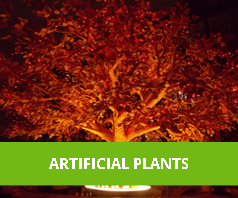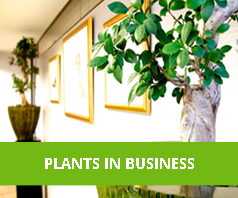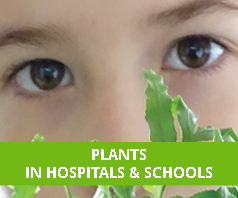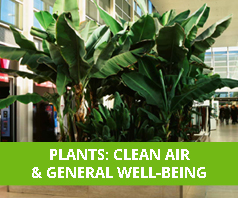
Polluted air
We’ve all heard about polluted air especially in large urban conurbations, industrial areas and where traffic is a constant. We are all aware of emissions from vehicles and from industry. But did you know that indoor air could be 10 times (EPA) more polluted than the air outside?
Have you ever thought about the state of the air in your workplace or a client’s workplace? Is it large and populated by many or small and populated only by one or two? Have you ever thought about what the cocktail of chemicals people produce can do to the air? All of us emit carbon dioxide whilst breathing! Then there maybe chemicals given off by everyday products such as deodorants, hair products, perfume and even our dry-cleaned clothes. Next look around the space. Is it carpeted? Are there paper products around from printed paper to paper tissues? Is there electrical equipment in the room – printers or photocopiers for instance?
All of these things and many more emit a variety of VOCs.
What are VOCs?
According the US Environmental Protection Agency, “Volatile organic compounds (VOCs) are emitted as gases from certain solids or liquids. VOCs include a variety of chemicals, some of which may have short- and long-term adverse health effects. Concentrations of many VOCs are consistently higher indoors (up to ten times higher) than outdoors.”
The umbrella term VOC covers compounds such as formaldehyde, trichloroethylene, toluene, benzene, n-hexane, xylene and many others. More than 300 VOCs have been identified in indoor air. These compounds, which can be natural or synthetic, are emitted unseen, mostly as odourless gas from a variety of everyday products which surround us. For example:
- Some electrical equipment i.e. printers and photocopiers
- Pressed wood/fibreboard
- Plastics used in computers, TV screens etc
- Soft furnishings and carpeting
- Paper products
- Glues and adhesives
- Paints
- Insulation materials
- Cleaning products
- Air fresheners
- Pesticides
- Cosmetics and deodorants
- Hair products and perfume
It is now estimated that our bodies carry 100 synthetic chemicals more than those of our grandparents. (Source: Environmental Supplement, The Guardian January 2000).
The World Health Organisation report (c.2002) claimed harmful indoor pollutants represent a serious health problem that is responsible for more than 1.6 million deaths each year. Remember plants eat up the VOCs making us less vulnerable to the dirty air cocktail!
How do plants clean the air?
Plants use two well known processes to move chemicals in the air to their roots: leaves absorb certain chemicals in the air and transport them inside plant tissue down to the roots, and plants pull air down around their roots when moisture is emitted from leaves during transpiration.
In the rhizosphere or root area microbes living there turn the VOCs into food for the plant. Plants and their root microbes are nature’s biological cleaning machines.
We know this process happens where plants grow naturally, which is why we know that the animal/plant/microbiological world is harmoniously balanced, in general, so that each benefits from the other. We are dependent upon these interactions for our existence. But this process also occurs wherever plants end up living even indoors though the plant needs to be healthy to continue to function this way.
See the original research carried out by Dr Bill Wolverton for NASA.
What is Sick Building Syndrome (SBS)?
The term refers to a variety of symptoms which only affect occupants whilst they remain in a building. The term was coined by the World Health Organisation in 1984.
The WHO report in that year suggested that 30% of new or refurbished buildings worldwide could be related to this condition. Sick Building Syndrome is linked to poor air quality; lack of ventilation and air conditioning were amongst the culprits but by far the biggest contributor is the cocktail of VOCs found in indoor air.
The symptoms only affect the occupants whilst they remain in the building. The most common symptoms are:
- Headaches
- Skin irritations
- Blocked sinuses
- Runny nose
- Dry throats
- Hoarseness
- Eye irritation
- Dry skin particularly on face and hands
- Coughing
- Fatigue
- Asthma
Various research programmes have found that plants alleviate the condition. In one research study, complaints of headaches were reduced by 45% whilst sickness absenteeism from these symptoms have been significantly reduced:
- by 60% in an x-ray department in a hospital in Norway
- by 50% in an office in Scotland









